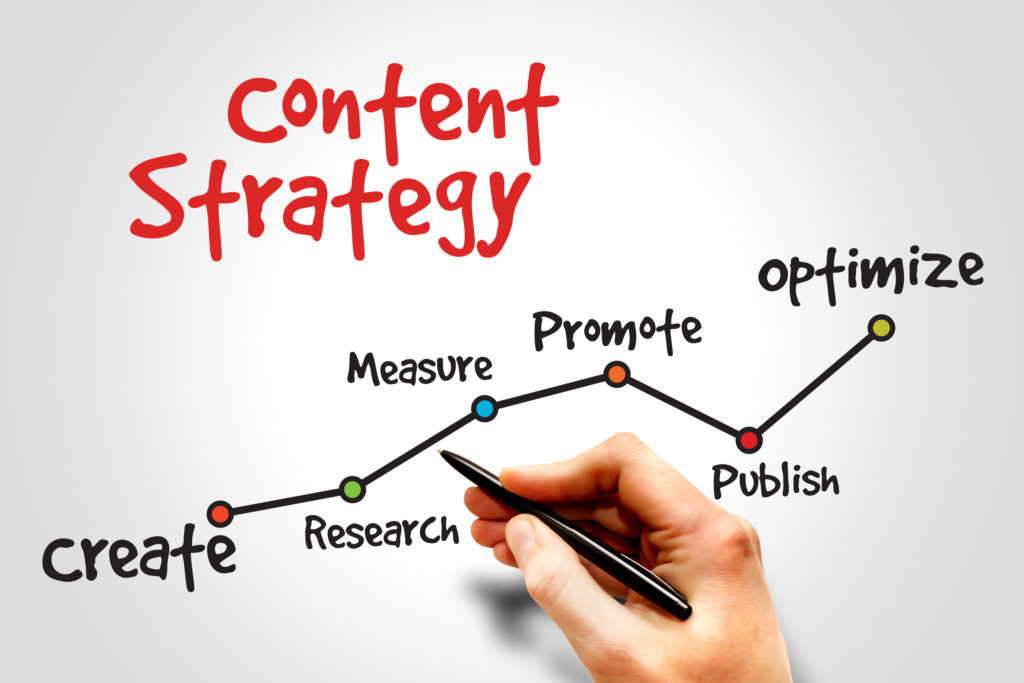Introduction
In today’s fast-paced and ever-evolving marketplace, understanding consumer trends is crucial for businesses looking to stay competitive. Consumer behavior and preferences are continually changing due to factors like technological advancements, cultural shifts, economic changes, and environmental concerns. By staying ahead of these trends, businesses can create more personalized experiences, improve their offerings, and better meet the needs of their target audience.
In this article, we’ll explore the importance of consumer trends, highlight key trends shaping the market, and provide actionable insights for businesses to leverage these trends to their advantage.
What Are Consumer Trends?
Consumer trends refer to the patterns, preferences, and behaviors exhibited by customers over time. These trends are influenced by various factors, including socio-economic conditions, technological innovations, and shifts in values. Understanding consumer trends is critical for businesses to predict demand, refine marketing strategies, innovate products or services, and stay relevant in an increasingly competitive landscape.
Consumer trends can include everything from purchasing habits (like the preference for online shopping) to broader societal shifts (such as increased environmental consciousness). By identifying these trends, businesses can adapt quickly and align their offerings with evolving consumer expectations.
Why Understanding Consumer Trends is Important
-
Informed Decision Making
Keeping up with consumer trends allows businesses to make data-driven decisions. Whether it’s choosing what products to develop, where to invest marketing dollars, or how to improve customer experience, insights from trends lead to smarter business strategies. -
Enhanced Customer Engagement
When businesses are in tune with consumer preferences, they can tailor their marketing and engagement efforts more effectively. Personalized marketing, product recommendations, and relevant content resonate with consumers and improve brand loyalty. -
Competitive Advantage
Companies that track and adapt to https://well-ness-fox.com are better positioned to stay ahead of the competition. Recognizing emerging trends early on provides businesses with the chance to innovate and capture market share before others do. -
Improved Product Development
Consumer trends often reveal unmet needs or desires in the market. By understanding these trends, businesses can create products and services that fulfill these gaps, boosting demand and customer satisfaction. -
Crisis Management and Risk Reduction
In times of economic uncertainty or social changes, businesses that closely monitor consumer behavior can pivot quickly to adapt to new realities. This helps minimize risks and maintain customer loyalty even during challenging periods.
Key Consumer Trends Shaping the Market
As we move through 2025, several consumer trends are emerging across various industries. Let’s explore some of the most significant ones:
1. Sustainability and Eco-Consciousness
Consumers are becoming more environmentally aware, demanding sustainable practices from the companies they support. This trend spans product sourcing, packaging, waste management, and overall corporate responsibility.
Key Insights:
- Eco-Friendly Products: Consumers are more inclined to purchase products made from sustainable materials or with minimal environmental impact.
- Corporate Social Responsibility (CSR): Brands that showcase their commitment to sustainability, such as reducing carbon footprints or supporting environmental initiatives, are gaining favor.
- Circular Economy: There’s growing interest in recycling, repurposing, and reusing products, especially in industries like fashion, electronics, and furniture.
How to Leverage:
- Integrate sustainable practices into your supply chain.
- Market eco-friendly products to appeal to environmentally conscious consumers.
- Highlight your company’s sustainability efforts through branding and marketing.
2. Personalization and Customization
In the age of information, consumers expect personalized experiences. Whether it’s tailored recommendations, customized products, or individualized customer service, personalization is a key trend that businesses need to embrace.
Key Insights:
- Data-Driven Marketing: Companies are using data analytics and AI to understand consumer behavior, segment markets, and provide highly relevant content or products.
- Customized Products: Consumers are increasingly seeking personalized products, from customized clothing to personalized skincare or food.
- Omnichannel Personalization: Consumers expect a seamless and personalized experience across multiple touchpoints (website, mobile apps, social media, and in-store).
How to Leverage:
- Use customer data to create tailored marketing campaigns and personalized product offerings.
- Invest in AI-powered tools to provide real-time, individualized recommendations for customers.
- Build a consistent and personalized experience across both online and offline channels.
3. Health and Wellness
The global health and wellness movement continues to grow, with consumers becoming more focused on physical, mental, and emotional well-being. This trend encompasses everything from healthy eating to fitness, mental health, and holistic lifestyles.
Key Insights:
- Health-Conscious Consumers: More consumers are seeking healthier food options, fitness services, mental health resources, and wellness-oriented products.
- Mental Health Awareness: There is growing attention on mental health, leading to increased demand for products and services that support emotional well-being.
- Fitness and Nutrition: From plant-based diets to fitness trackers, health-conscious consumers are investing in products that support their physical health goals.
How to Leverage:
- Develop and market health-oriented products, such as organic foods, fitness gadgets, or mental health apps.
- Provide content or services that promote a balanced and healthy lifestyle, such as wellness tips, virtual fitness classes, or stress-relief solutions.
- Partner with health influencers or professionals to promote your products or services.
4. E-Commerce Growth and Online Shopping
E-commerce has seen exponential growth, accelerated by the COVID-19 pandemic, and the trend continues in 2025. Consumers increasingly prefer the convenience of shopping online, and many businesses are investing heavily in their e-commerce strategies.
Key Insights:
- Online Shopping Dominance: More consumers are opting for online shopping due to convenience, wider selection, and easy access to reviews and recommendations.
- Mobile Shopping: With the rise of smartphones, mobile shopping is becoming an essential part of e-commerce strategies.
- Frictionless Shopping Experience: Consumers are expecting easy navigation, fast checkout, and multiple payment options when shopping online.
How to Leverage:
- Optimize your website for mobile devices and ensure a seamless shopping experience.
- Use AI tools to personalize the online shopping experience and offer relevant recommendations.
- Provide multiple payment options (including digital wallets and buy-now-pay-later services) to increase conversions.
5. Influencer Marketing and Social Proof
Social media has transformed how consumers make purchasing decisions. Influencers—individuals with large followings on platforms like Instagram, TikTok, and YouTube—have become key players in driving consumer behavior. Consumers trust influencers’ opinions and often look to social media for product recommendations.
Key Insights:
- Influencer Endorsements: Influencers have the power to sway purchasing decisions. Their recommendations and reviews are seen as more authentic than traditional advertising.
- User-Generated Content: Consumers are also turning to reviews, testimonials, and ratings from other users to inform their buying choices.
- Authenticity: Transparency and authenticity are highly valued by today’s consumers. Influencers who are genuine and align with their followers’ values see higher engagement.
How to Leverage:
- Partner with influencers who align with your brand values and target audience to promote your products.
- Encourage customers to share their experiences with your products on social media to build social proof.
- Use social media platforms to showcase user-generated content and reviews, which help build credibility.
6. Experience Over Material Goods
In recent years, consumers have increasingly valued experiences over material goods. This includes spending on travel, dining, entertainment, and other experiences that promote personal fulfillment and enjoyment.
Key Insights:
- Experiential Purchases: Consumers, especially younger generations, are spending more on experiences rather than physical products.
- Travel and Leisure: Post-pandemic, travel is bouncing back as a major area of consumer spending.
- Personalization of Experiences: Consumers want experiences tailored to their preferences, from custom vacations to personalized events.
How to Leverage:
- Offer experience-based products or services, such as travel packages, cooking classes, or unique event experiences.
- Use experiential marketing to connect with your audience through immersive, hands-on experiences.
- Develop loyalty programs that reward customers with memorable experiences or exclusive events.
Conclusion
Understanding consumer trends is vital for businesses aiming to stay ahead of the curve in a competitive market. From sustainability and personalization to health and wellness, these trends shape consumer preferences and drive purchasing decisions. By monitoring these evolving patterns and adapting your business strategies accordingly, you can build stronger customer relationships, improve your products or services, and drive growth.






